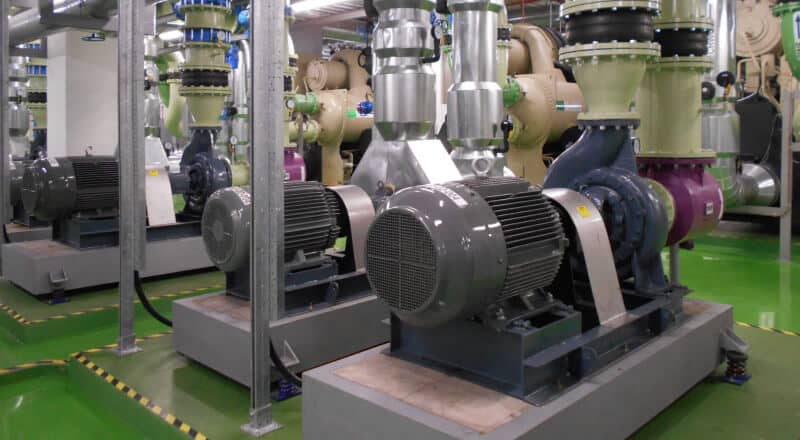Showing all 5 results
-
Linak LA12 Linear Actuator: Max Thrust 500 N (50 kg)
$0.00 Read more -
Linak LA22 Linear Actuator: Max thrust 400N (40 kg)
$0.00 Read more -
Linak LA28 Linear Actuator: Max Thrust 3000N (300 kg)
$0.00 Read more -
Linak LA30 Linear Actuator: Max Thrust 3500N (350 kg)
$0.00 Read more -
Linak LA31 Linear Actuator: Max Thrust 6000N (600 kg)
$0.00 Read more
Linear Actuators
Linear actuators are mechanical devices that convert rotational motion into linear motion, providing controlled movement in a straight line. They are widely used in various industries and applications where precise linear positioning or actuation is required.
The primary purpose of a linear actuator is to generate linear force and motion, allowing for the automation or adjustment of physical processes. These devices typically consist of a motor, a lead screw or ball screw mechanism, and a housing or casing to enclose the components. The motor, usually an electric motor, drives the rotation of the screw, which in turn moves a nut or carriage along the screw, resulting in linear displacement.
Linear actuators offer several advantages over other types of actuation systems. They provide accurate and repeatable positioning, allowing for fine-tuning and control in applications such as robotics, manufacturing, automotive, aerospace, medical equipment, and home automation. With their ability to convert rotary motion into linear motion, linear actuators enable smooth and controlled movement in a straight line, reducing the need for additional mechanisms or linkages.
These devices come in various designs and configurations to suit different application requirements. Some common types of linear actuators include screw-driven actuators, belt-driven actuators, pneumatic actuators, hydraulic actuators, and electromechanical actuators. Each type has its own set of characteristics, such as speed, force capacity, precision, and environmental suitability, making them suitable for specific applications.
Linear actuators are often equipped with additional features and options to enhance their functionality and versatility. These include feedback sensors, such as encoders or limit switches, which provide position feedback and enable position control. Other features may include adjustable stroke lengths, built-in controllers, and different mounting options to accommodate diverse installation needs.
In summary, linear actuators are essential components for achieving precise linear motion and positioning in various industrial and technological applications. Their ability to convert rotational motion into linear motion makes them indispensable in automation, robotics, and other fields that require controlled movement along a straight path. With a wide range of types and configurations available, linear actuators offer flexibility and adaptability to suit diverse requirements and environments.







